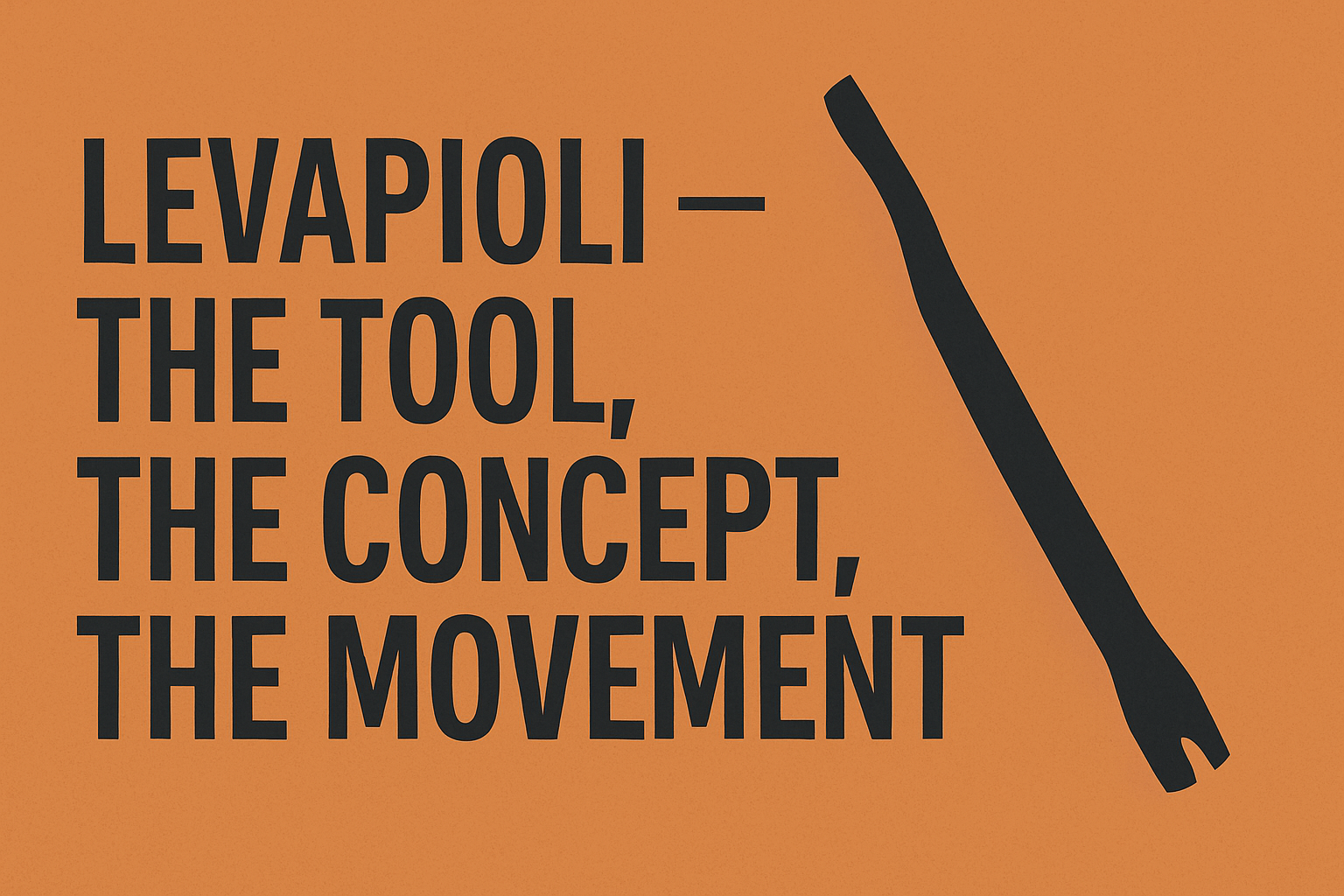Introduction: The Spirit of Silpuri
Silpuri is not merely a village—it’s the voice of a people, echoing through generations. Nestled deep in South America, this region is a cultural and linguistic gem where the Guaraní language lives on, not as a relic, but as a vibrant expression of identity and resilience. Here, language is more than communication; it’s the heartbeat of a community that refuses to vanish.
Historical Roots of the Guaraní People
The Guaraní are one of the most prominent Indigenous groups in South America, with roots stretching across Paraguay, Bolivia, Brazil, and Argentina. For centuries, they have thrived through oral traditions, forest knowledge, and community cohesion. Silpuri embodies this continuity—a space where Indigenous heritage merges with contemporary challenges.

Language as a Cultural Vessel
The Guaraní language is not just vocabulary and grammar—it carries spiritual meanings, oral histories, ecological wisdom, and social structures. In Silpuri, every word spoken in Guaraní reinforces community values. Despite the encroachment of the Spanish and Portuguese, the Guaraní remains a symbol of rootedness and resistance.
Silpuri’s Role in Language Survival
Silpuri plays a critical role in preserving Guaraní linguistic traditions. Unlike urban areas where language shift is fast-paced, Silpuri offers an environment where children grow up immersed in Guaraní. Family, ceremonies, farming practices, and even games are in Guaraní, nurturing intergenerational transmission.
Threats and Pressures: Language Endangerment
Yet, the threat to Guaraní is real. Globalization, migration, and digital technology increasingly push younger generations toward dominant languages. Economic pressures lead many families to relocate, disrupting community-based learning. These forces make language transmission fragile, especially in remote areas like Silpuri.
Education: A Double-Edged Sword
Formal education in Paraguay and neighboring countries often prioritizes Spanish or Portuguese. In Silpuri, schools rarely offer Guaraní literacy or cultural history. While education opens doors to broader society, it sometimes alienates Indigenous youth from their linguistic roots.
Cultural Identity and Pride
Despite external pressures, Silpuri reflects strong cultural pride. Traditional songs, rituals, and festivals celebrate Guaraní identity. Local elders are respected as knowledge keepers, passing down legends, herbal medicine knowledge, and historical tales—often through song and story.
Bilingualism and Code-Switching
Many Silpuri residents speak both Guaraní and Spanish fluently, practicing code-switching in everyday life. This bilingual ability reflects adaptability but also creates complex identity questions—especially for youth trying to balance tradition and modernity.
Read More: Baltimore Orioles vs San Francisco Giants Match Player Stats
Women as Language Guardians
In many Guaraní communities, women are primary caregivers and storytellers. In Silpuri, mothers and grandmothers are the backbone of language survival. Their role in singing lullabies, telling bedtime stories, and guiding cultural practices ensures continuity.
Legal Recognition of Guaraní
Paraguay is unique in recognizing Guaraní as an official language alongside Spanish. This gives symbolic support to communities like Silpuri. However, implementation is uneven, and real support—such as teacher training or learning materials—is still lacking in rural areas.
Modern Communication and Digital Threats
Cell phones, television, and social media bring dominant language content into even the most remote homes. While some Indigenous youth use TikTok or Facebook to showcase Guaraní identity, the vast majority of content remains in Spanish or Portuguese, drawing them away from their mother tongue.
Linguistic Isolation and Resilience
Isolation can be a blessing and a curse. Silpuri’s remoteness has helped protect Guaraní traditions from rapid cultural dilution, but it also limits access to healthcare, modern education, and legal protections. Despite this, the village remains a beacon of linguistic resilience.
The Oral Tradition and Storytelling
Oral tradition remains alive and well in Silpuri. Stories of creation, mythological creatures, historical heroes, and cautionary tales are shared by the fire, under the stars. These stories aren’t just entertainment—they are cultural curriculum, preserving norms and wisdom.
Guaraní in Music and Song
Music is a powerful cultural binder in Silpuri. Drums, chants, and harmonies sung in Guaraní at communal gatherings convey joy, grief, love, and spiritual connection. Local youth bands are even beginning to incorporate Guaraní into modern genres like hip-hop and reggae.
Role of NGOs and Linguists
Several NGOs and linguistic researchers are working with Silpuri to document Guaraní and promote language education. These collaborations are valuable but must be community-led to ensure cultural respect and sustainability. Empowering locals is key.
Young Voices, Old Words
A new generation in Silpuri is rediscovering pride in speaking Guaraní. Through storytelling competitions, cultural clubs, and digital media, youth are becoming active participants in cultural survival—not passive inheritors. Their voice is vital in keeping the flame alive.
Language and Land Connection
In the Indigenous worldview, language is tied to land. The words used for animals, rivers, and plants carry deep ecological knowledge. As Silpuri faces deforestation and environmental changes, this linguistic-ecological connection becomes even more significant.
Religion and Syncretism
Guaraní spirituality blends with Christian practices in Silpuri. Ritual chants in Guaraní during religious festivals show how syncretism keeps both tradition and faith alive. These ceremonies are vibrant cultural expressions where language plays a central role.
Future Challenges and Possibilities
For Silpuri to thrive, it needs more than nostalgia. Policy reform, economic support, youth engagement, and digital innovation are crucial. With the right balance, Silpuri can be a model for Indigenous cultural resilience in a changing world.
Final Thoughts: A Living Legacy
Silpuri is not frozen in the past—it’s a living, breathing example of how language shapes identity. The people here carry a torch that burns through colonization, modernization, and neglect. By speaking Guaraní, they speak not only to each other, but to the world.















